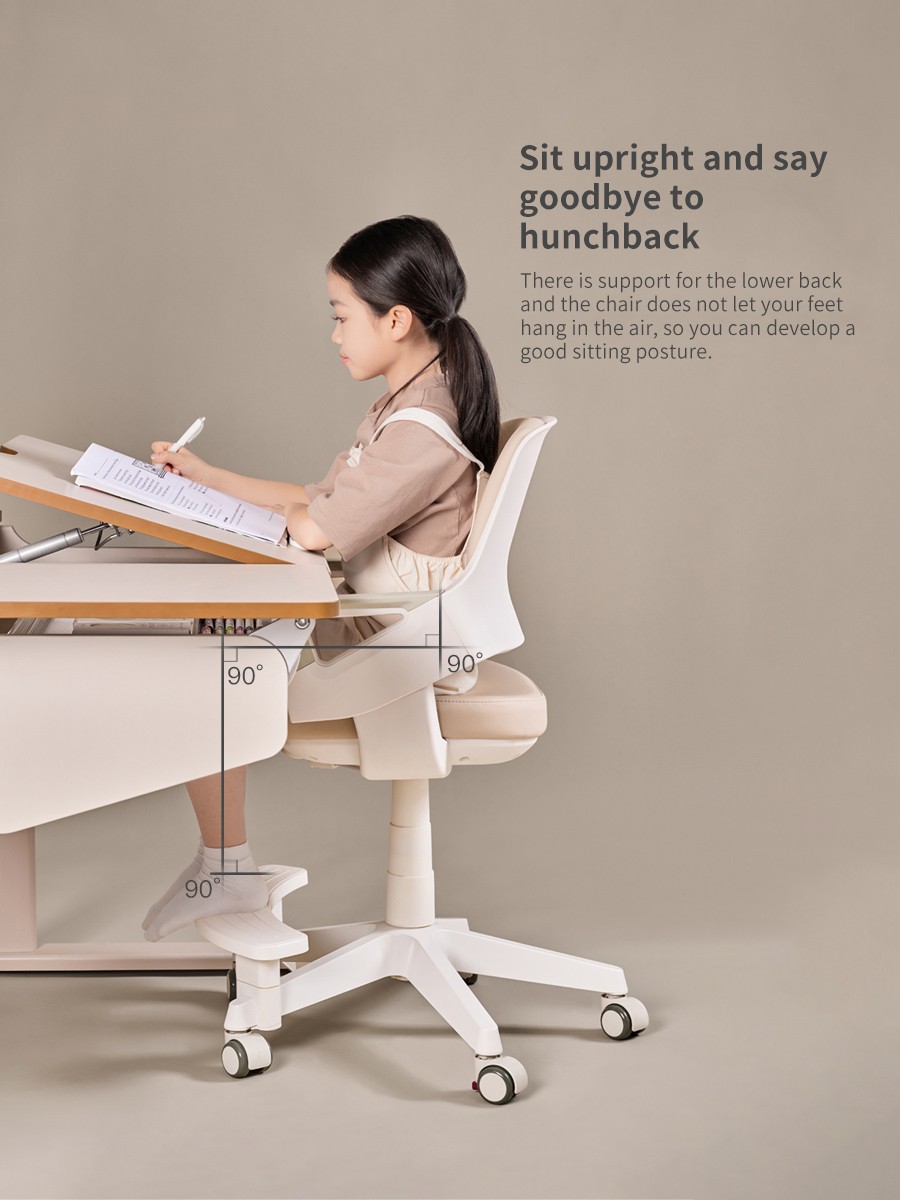The rising prevalence of myopia among children is a global health issue. As children spend more time studying due to digital device use and academic pressure, the role of adjusted study chairs in eye health becomes crucial. This study explores the correlation between adjustable chair back angles and children's myopia rates, aiming to guide stakeholders in creating better study environments.
1. Literature Review
Previous research indicates improper sitting postures, often caused by non - adjustable chairs, harm children's health and may contribute to myopia. However, the specific impact of adjustable chair back angles on myopia remains under - explored.
2. Experimental Design
The study involved 500 primary school students aged 8 - 12 from three diverse schools. Half were provided with adjusted study chairs, while the rest used non - adjustable ones.
Data collection included monitoring sitting postures via video, recording adjustable chair back angles based on students' comfort, and conducting eye examinations by optometrists at the start and end of a one - year period. Additionally, parents and students filled out questionnaires about study habits and chair comfort.
3. Experimental Results
Students with adjusted study chairs maintained correct sitting postures 65% of the time, compared to 35% for those with non - adjustable chairs. The optimal back angle range of 100 - 110 degrees led to the best postures.
Initially, both groups had a 30% myopia rate. After a year, the rate increased to 45% for non - adjustable chair users and to 35% for adjustable chair users. Questionnaire results showed that adjustable chair users reported higher comfort and easier maintenance of good postures.
4. Analysis of Results
Adjustable chair back angles enable comfortable sitting, promoting correct postures that keep eyes at a proper distance from study materials, reducing eye strain. While significant, chair angles are not the sole factor; digital device use, outdoor activity levels, and lighting also impact myopia rates.
5. Implications and Recommendations
Parents should buy adjustable study chairs with wide - ranging angles and encourage proper use. Educators can replace classroom chairs and incorporate posture lessons. Furniture manufacturers should refine designs, research optimal angles for different ages, and provide clear usage instructions.
6. Conclusion
This study found a positive link between adjustable chair back angles and lower myopia rates. Addressing myopia requires combined efforts from parents, educators, and manufacturers. Future research could focus on long - term effects and optimal prevention strategies.


